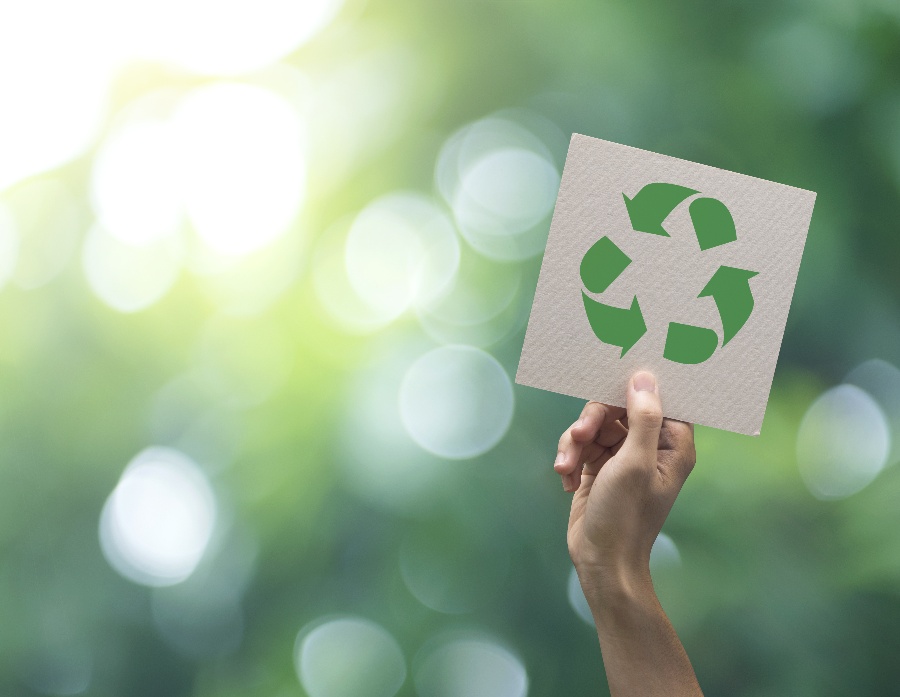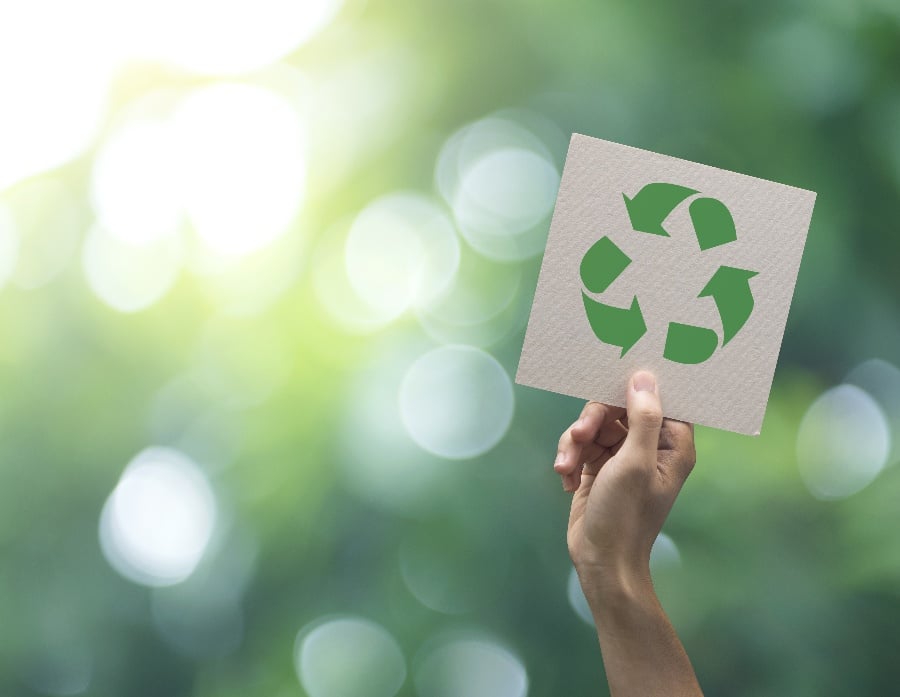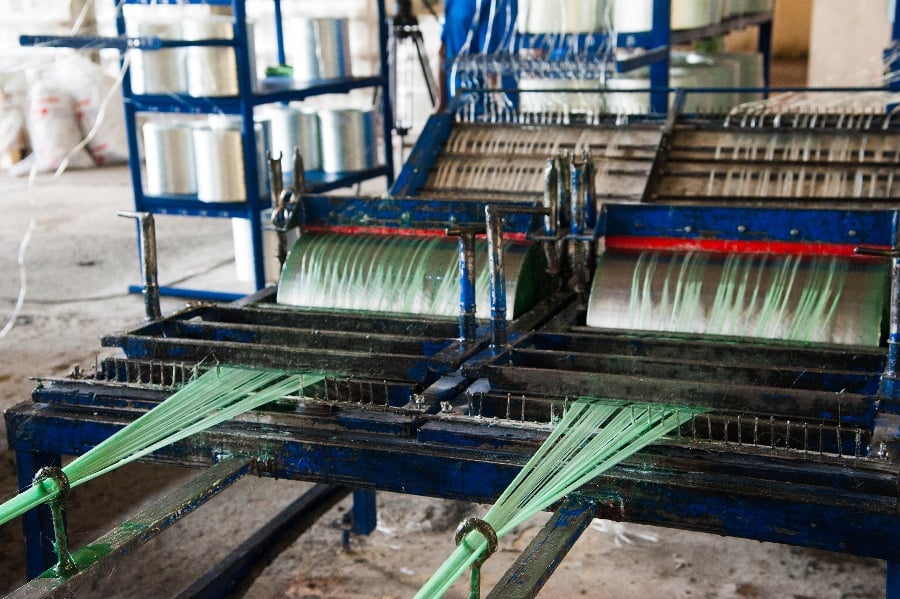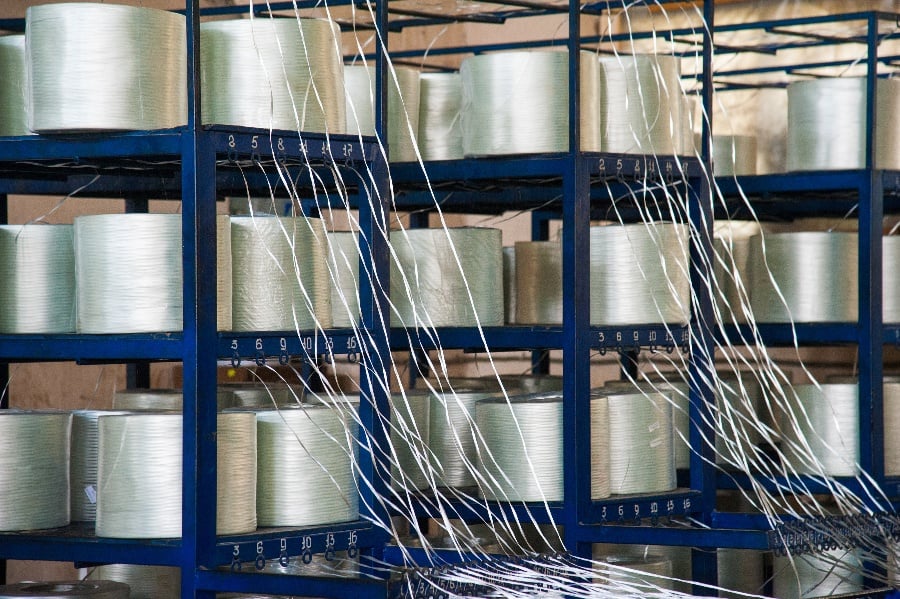
There has been much discussion about the environmental benefits of using pultruded materials, but what about the products at the end of their useful life? Can such materials be reused?
Fiber-reinforced polymer (FRP) composites can be recycled through pultrusion, by grinding and thermal reclaiming of fibers. However, current practices can produce dense components which nearly double the strength of plastic lumber and on par with oak planks.
This post will take a look at the current efforts to recycle, reuse and recover.
The American Composites Manufacturers Association (ACMA) has partnered with the Institute for Advanced Composites Manufacturing Innovation (IACMI) to develop an effective, scalable method of composite recycling. In collaboration with Owens Corning, Ashland ─ a global specialty materials company ─ and support from the University of Tennessee, the coalition devised a process for keeping scrap and used composites out of the landfills.
Another effort comes from the American Chemistry Council which has a vision for a sustainable planet. In 2017, the council established two ambitious goals to achieve:
- By 2030, 100% of U.S. plastic packaging will be recyclable or recoverable.
- By 2040, 100% of U.S. plastics packaging will be reused, recovered or recycled.
Recent sustainability efforts are made all the more urgent when the growth of composite materials are expected to achieve a sharp upward trajectory. Attendees to ACMA’s first conference in 2018 first heard about being dedicated to the recycling of composites. The process has potential applications in wind turbine blades, electronic circuit boards, and other items that have so far lagged behind in the recycling effort.
To help achieve these goals, a set of principles were developed to guide its efforts. In this respect, the council developed Road Map to Reuse, a plan to achieve these goals and a push toward a circular economy for plastics in which these materials are kept in use for as long as possible and then repurposed instead of being disposed of.
To compound matters, the global composites industry is growing due to the rise in demand for high-performance materials. In a Markets and Markets Report, the global composites market size is projected to grow at a compound annual growth rate (CAGR) of 8.8% from 2020 to 2025, up from $74.0 billion in 2020 to $112.8 billion. A further breakdown from its Glass Fiber Market Forecast, Research and Markets peg the growth of the glass fiber market at a compound annual growth rate (CAGR) of 4.27%, valued at $14, 193.55 million in 2019 growing to $19,837.62 million in 2027.
The growth in demand is understandable as glass fibers tout excellent corrosion resistance, higher stiffness and strength, and high tensile strength along with durability and high-temperature tolerance. These fibers find applications in broad end-use industries such as automotive, construction, marine, wind energy, aerospace & defense, and others.
Many recycling methods for composites work by burning off (pyrolysis) or chemically dissolving (solvolysis) the resins from a composite part, so that the fibers can be reclaimed and reused. Other recycling and research efforts are looking into methods for repurposing end-of-life (EoL) composite parts in their entirety, to achieve different goals so as to:
- retain as much of the original fiber and resin’s mechanical properties as possible;
- to minimize the cost of processing; and
- to reduce the carbon footprint of the recycling process
The following is a summary of such efforts:
Energy Recycling (incineration method). The method seeks to convert waste (FRP material) into cement raw materials through a comprehensive method of crushing and burning. In this process, the FRP waste is first crushed into a powder with a particle size of 10 mm, then blown into a cement kiln for combustion as fuel. What's left behind can be used as raw material for cement. This method can completely handle the FRP waste.
A portion of the FRP waste is converted into energy, which can reduce fuel consumption and reduce carbon dioxide emissions. Due to the high heat in the kiln, there are very few harmful gases. There is no danger of harmful gases polluting the air.
Physical Recycling. FRP waste is crushed into powders with different particle sizes and used as fillers for composites like building materials and thermal plastic. This is a low-cost, simple process and does not provide pollute secondary pollution into the environment. But when manufacturing micro powder, the cost to crush materials is relatively high. The disadvantage of adding micro powder to FRP products is that the more addition is used, the strength of the resulting product is reduced.
Chemical Recycling. This method is to pyrolyze the FRP waste in an oxygen-free or even ultra-high vacuum environment and to decompose the waste into unsaturated polyester raw materials, glass fibers, and fillers. Unsaturated polyester raw materials and fiberglass can be used to remake FRP profiles, fillers can be used for agricultural fertilizers to balance the acidity and alkalinity of the land, and can also be used as raw materials for composite materials. In this way, FRP waste can be renewed and greatly reduces environmental pollution. So far, the chemical recovery method is considered to be the most promising recycling technology.
Repurposing and pyrolysis. Anmet in Poland provides manufacturing companies with solutions for metals recycling. Andrzej Adamcio, Anmet's CEO found a niche in providing solutions for recycling composite wind turbine blades at the end of their life spans. Leveraging his experience in metals recycling, he worked on ways to recycle glass and carbon fiber composite blades. Currently, wind blade recycling is one of the company’s main areas of focus and a major area for growth going forward.
Meanwhile, in the Netherlands, experts at Van Wees (manufacturer) and Crossply Technology have discovered that reusing extra thermoplastic trimmings can be achieved with the creation of a chips-based laminate. With this process, the sustainability gains are significant. Chip-based recycled material can offer half the bending strength of continuous-fiber cross-ply panels made of similar fiber and resin.
The resulting new products in this zero-waste manufacturing process produce parts that are useful to the construction and auto industries, such as interior panels and door handles. This discovery may have little direct effect on pultrusion or other thermoset composites but it does demonstrate that work in the area is being investigated and discoveries from one material may lead to findings for another.
As the technology continues to innovate, pultruded products are developing a positive performance history and eco-profile. As awareness of the benefits of recycling products grows, so will the industry.
Contact Tencom if you want to discuss FRPs for your specific needs.














